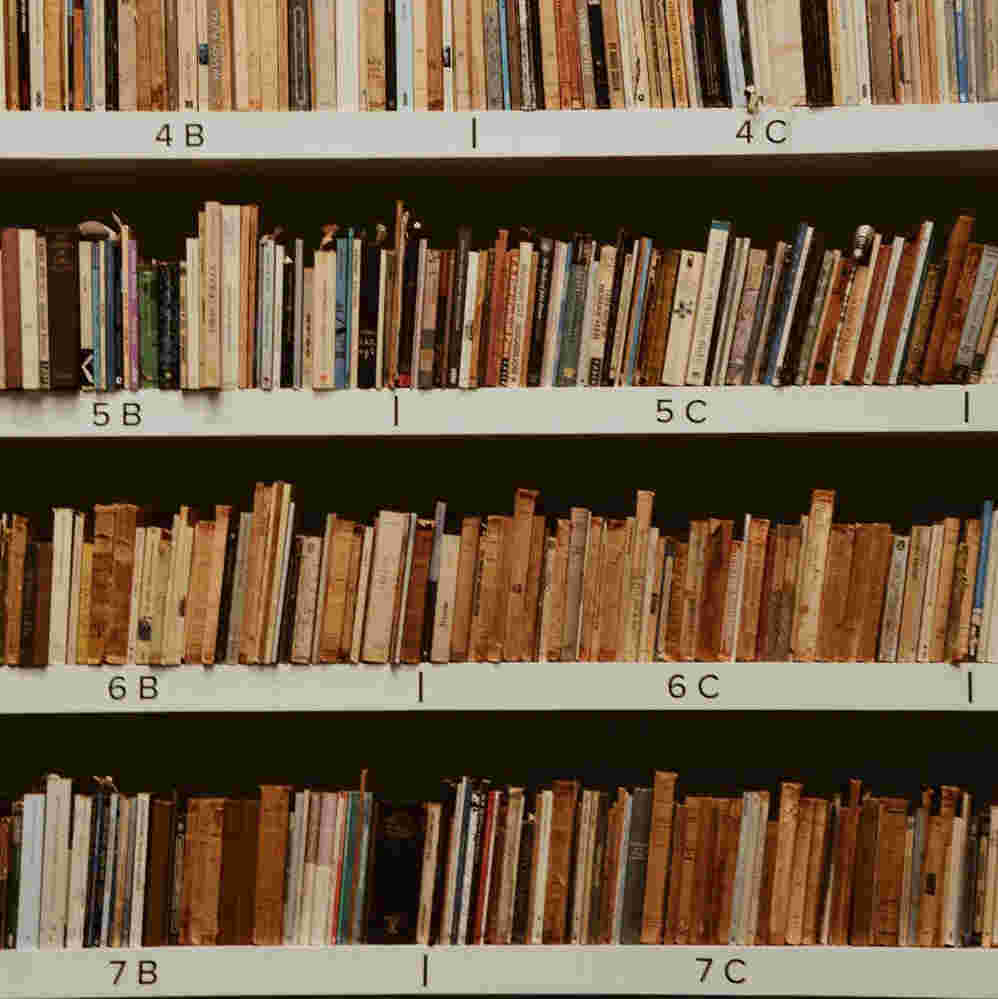
- #SITUS DOWNLOAD BUKU GRATIS INDONESIA PORTABLE#
- #SITUS DOWNLOAD BUKU GRATIS INDONESIA PROFESSIONAL#
- #SITUS DOWNLOAD BUKU GRATIS INDONESIA FREE#
The serious antique microscope collector inhabits a niche market that requires perseverance, knowledge and luck. Le Riemondie, which was a primitive ophthalmoscope or otoscope.
#SITUS DOWNLOAD BUKU GRATIS INDONESIA PORTABLE#

#SITUS DOWNLOAD BUKU GRATIS INDONESIA PROFESSIONAL#
Manufactured in 1876, the first professional model towering 17” tall was the Bausch & Lomb Model 76. They used different methods for focusing the instrument: a crew thread focus control on the nose end of the barrel, later discontinued in 1878, a draw tube similar to several other manufacturers and a rack and pinion system. Initially manufacturing single lens microscopes, they graduated to producing compound microscopes in 1874.

Immigrating to the United States from Germany in middle of the 19th century, Jacob Bausch and Henry Lomb began their association by manufacturing eyeglasses. He further refined the instrument with the incorporation of a rack and pinion coarse focus and fine focus enabled by a graduated wheel.Ĭonsidered the finest optical instruments of the time, different magnifications were obtained by inserting eyepieces of varying lens strength into the monocular head in combination with different objectives. His later microscopes used a draw-tube coarse focus and a knob controlled fine focus. Made of brass, many of these instruments had a black japanned base.

Initially building single lens instruments, in 1857 his firm began designing compound microscopes. The German lens maker, Carl Zeiss, excelled at crafting precision lenses and began manufacturing microscopes in 1847.
#SITUS DOWNLOAD BUKU GRATIS INDONESIA FREE#
Instruments manufactured in the 1800’s are the oldest an antique microscope collector can hope to acquire.įor further history reading feel free to follow our link on the History of the Microscope.

Usually made of brass, the first microscopes were monocular instruments with simple lenses. They can only be found in museums and are not available to the average antique microscope collector. These first fledgling microscopes were generally built and used by a scientist. Later that century, Anton van Leeuwenhoek refined the microscope for biological research. His invention, a compound microscope, had a convex and a concave lens.


 0 kommentar(er)
0 kommentar(er)
